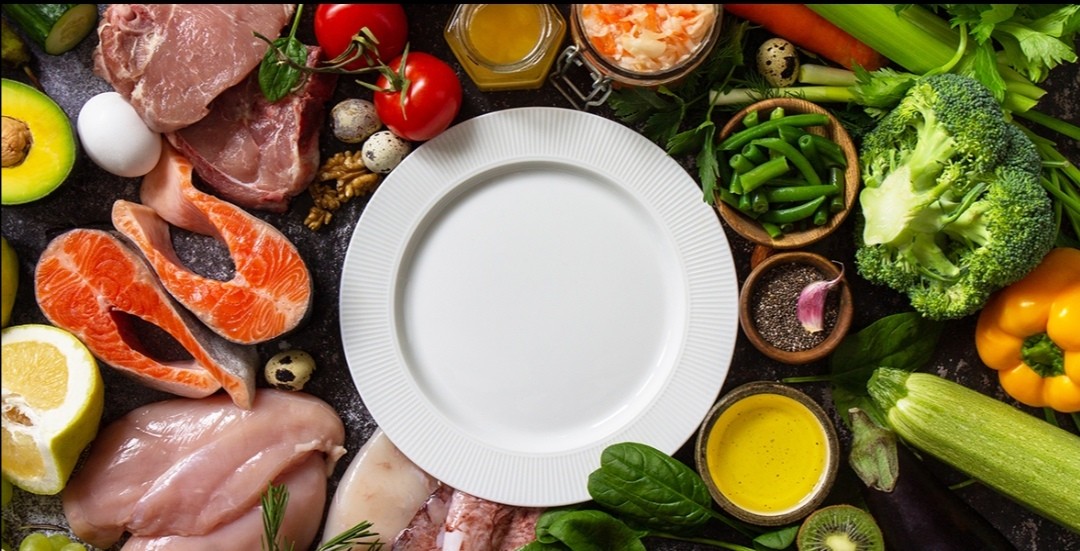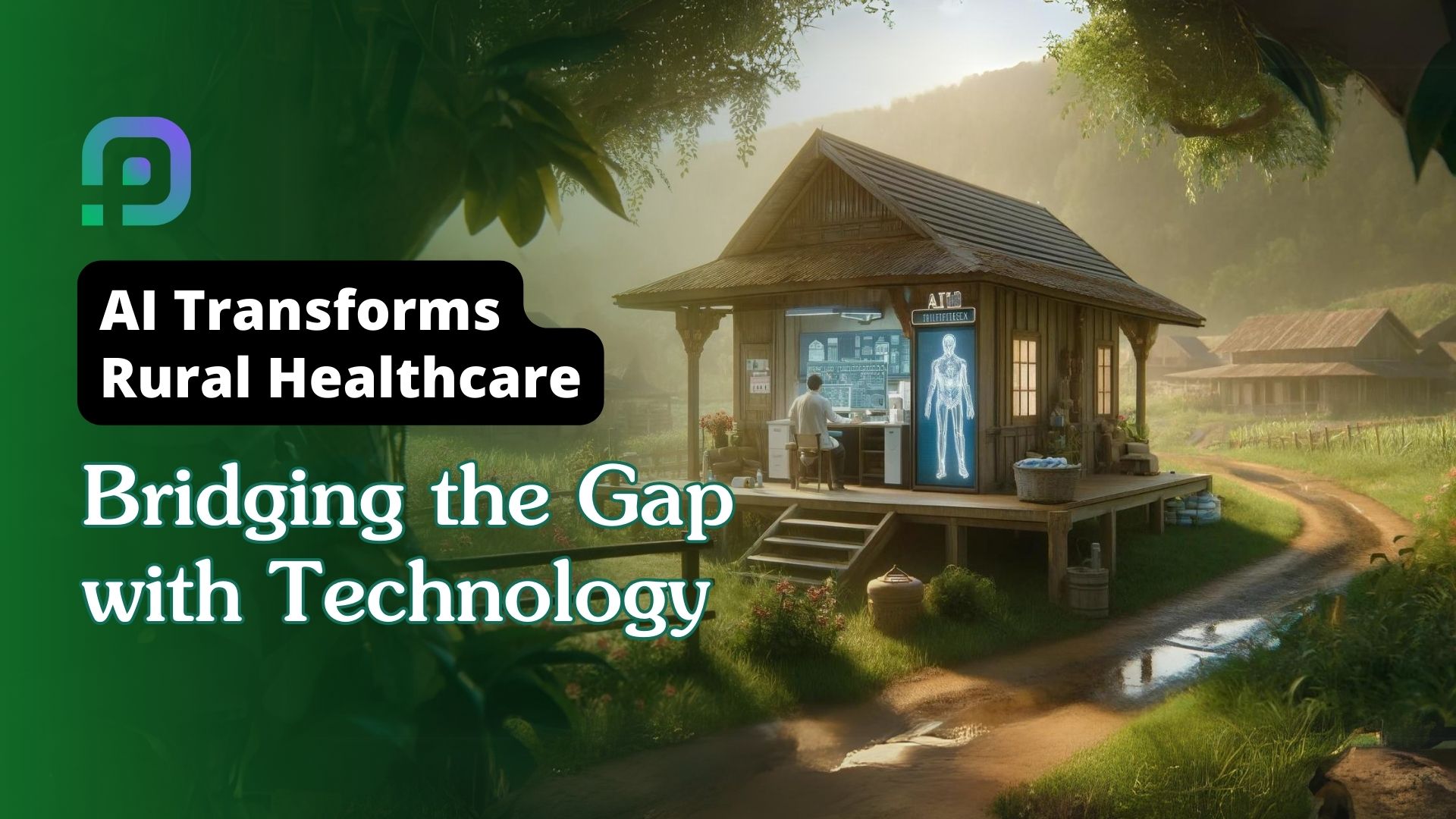Published - Tue, 28 Jun 2022

DIET FOR A HYPERGLYCEMIC PATIENT
A diabetes diet is a balanced, calorie- and fat-free eating regimen that is naturally high in nutrients. In actuality, a diabetes diet is the healthiest diet for the majority of people. Simply keeping to regular mealtimes and consuming the healthiest foods in moderation constitutes a diabetes diet. The program assists you in managing your weight, controlling heart disease risk factors like high blood pressure and blood fat levels, and controlling your blood sugar (glucose) levels. The foods listed below are some of the best for persons trying to keep their blood sugar levels in check.
Broccoli and broccoli sprouts: Contain sulforaphane, an isothiocyanate that lowers blood sugar levels. Remember that eating raw or gently steamed broccoli and broccoli sprouts, as well as adding active sources of myrosinase, such as mustard seed powder, to cooked broccoli, are the greatest ways to increase the availability of sulforaphane.
Citrus fruits: Despite the sweetness of many citrus fruits, they may help lower blood sugar levels. Citrus fruits are categorized as low glycemic fruits since they have a lower impact on blood sugar than other fruit varieties like watermelon and pineapple. Oranges and grapefruit are examples of citrus fruits that are high in fiber. Consuming whole citrus fruits may enhance insulin sensitivity, lower HbA1c levels, and prevent the onset of diabetes.
Eggs: Consuming eggs has been associated in several studies with better blood sugar regulation. When compared to using an egg substitute, eating one big egg per day significantly reduced fasting blood sugar by 4.4 percent and increased insulin sensitivity.
Fatty fish: Eating fish may help manage or prevent diabetes better than eating other forms of meat because it contains the omega-3 fatty acids docosahexaenoic acid and eicosapentaenoic acid. Anchovies, cod, haddock, herring, pollock, saithe, salmon, sardines, and fish oil capsules are among the edible fish items.
Flax seeds: Flax seeds are renowned for their health advantages and are high in fiber and good fats. In particular, flax seeds might lower blood sugar levels. Blood sugar management significantly improves after consuming whole flax seeds.
Garlic: A common component in traditional treatments for diabetes and many other diseases is garlic. Garlic can be consumed raw, chopped, and used in dips, savory spreads, and salad dressings, sauteed with vegetables, and prepared meals, among other ways to include it in the diet.
Kimchi and sauerkraut: Consuming fermented foods, such as kimchi and sauerkraut, has been linked to increased insulin sensitivity because they are rich in health-promoting nutrients like probiotics, minerals, and antioxidants.
Legumes: Beans, peas, chickpeas, and lentils all have extremely low GI ratings. Even less appealing baked beans still have a medium GI grade. Nutrient-rich legumes can support the maintenance of normal blood sugar levels. Black beans, pinto beans, green beans, lima beans, navy beans, black-eyed peas, chickpeas, lentils, snow peas, and hummus are all edible legume products.
Most fruits: Except for pineapples and melons, the majorities of fruits have low GI ratings of 55 or lower. Consuming whole fruits, especially blueberries, grapes, and apples, dramatically reduced the incidence of type 2 diabetes in individuals. Fruits to consume include strawberries, apples, apricots, grapefruit, grapes, peaches, plums, raspberries, and avocados.
Most nuts and seeds: Nuts have GI scores of 55 or less and are extremely high in dietary fiber. Unsaturated fatty acids, plant proteins, and other nutrients are also abundant in nuts. Raw almonds, raw cashews, raw walnuts, raw pecans, various tree nuts, raw peanuts, peanut butter, and sunflower seeds are among the nut products that can be consumed.
Oatmeal and oat bran: Oats have a GI score of 55 or lower, which means they are less likely to induce blood sugar spikes and drops. Oats also contain -glucan, which can increase insulin sensitivity, lower blood triglycerides, and lessen glucose and insulin reactions after meals (fats). Both wrapped and stone-ground oats are tasty options.
Pumpernickel or stone-ground whole wheat bread: Many bread varieties have high GI ratings and might lead to an increase in blood sugar levels. Therefore, many are better avoided by those who have diabetes. Compared to conventional whole wheat bread, pumpernickel and 100% stone-ground whole wheat bread have lower GI ratings. Whole wheat bread, particularly stone-ground whole wheat bread, pumpernickel, spelt, rye, rice bread, bread made from ancient grains (such emmer and einkorn), and bread made from less-processed grains are all acceptable types of bread to eat.
Pumpkin and pumpkin seeds: The vibrantly coloured, fiber- and antioxidant-rich pumpkin is a fantastic option for controlling blood sugar levels. Pumpkin seeds are a great option for maintaining healthy blood sugar levels because they are full of protein and good fats.
Sweet potatoes and yams: Yams and sweet potatoes are both incredibly healthy and have low GI scores compared to regular potatoes, which have a high GI. Sweet potatoes or yams can be used in place of potatoes in a variety of meals, including fries and casseroles.
Yogurt: Regular use of plain yoghurt may lower the incidence of type 2 diabetes. Yogurts that have been sweetened or flavour added should be avoided because they frequently have too much sugar for someone trying to lower their blood sugar levels. Eat Greek yoghurt and plain yoghurt.
Other strategies for lowering blood sugar levels include eating a balanced, healthful diet. Staying hydrated by consuming lots of clear drinks, remaining active all day, eating smaller portions more frequently, not skipping meals, controlling or reducing stress, and maintaining a moderate body weight are some other methods to assist lower or regulating blood sugar levels.
To lower their chance of developing potentially harmful symptoms and consequences, diabetics may also need to take medications and monitor their blood sugar levels frequently. Including the foods on the above list as part of a healthy diet may help lower your blood sugar levels, regardless of whether you have diabetes or pre-diabetes or want to reduce your chance of acquiring these disorders.
Created by
Rigomo Team
Rigomo is a leading online education platform that offers a wide range of courses to help individuals enhance their skills and achieve their career goals. With our user-friendly interface and expert instructors, we strive to provide high-quality education to everyone, anytime and anywhere. Join us today and take the first step towards a brighter future.
Rigomo is an e-learning platform that was founded in 2019 by a team of dedicated professionals with a passion for revolutionizing the way people learn. The platform offers a range of online courses that cover various industries, including business, technology, healthcare, and more.
Rigomo's courses are designed to be interactive and engaging, with a focus on practical skills that learners can apply in their careers. The platform uses a combination of video lectures, quizzes, and hands-on projects to help learners master the subject matter.
Rigomo is committed to providing affordable and accessible education to people around the world. The platform offers a range of pricing options, including monthly and annual subscriptions, as well as pay-as-you-go options for individual courses.
Since its launch, Rigomo has received numerous accolades for its innovative approach to e-learning. The platform has helped thousands of learners across the globe acquire new skills and advance their careers.
As Rigomo continues to grow, the team remains committed to providing high-quality education that is accessible to all. The platform is constantly updating its courses and features to ensure that learners have access to the latest tools and technologies.
Comments (0)
Search
Popular categories
Health and Wellness
231Skill Development
7Technology
5Community Impact
2Success story
2Creativity
1Latest blogs

DeepSchool: The Story of an Idea That Refused to Sit Still
Tue, 02 Dec 2025

Transforming Emergency Care: The Story Behind Rigomo's Revolutionary PPMMP Course
Sun, 12 May 2024

Empowering Rural Healthcare: How Pogiko's AI is Bridging the Gap in Medical Services
Thu, 25 Apr 2024

Write a public review